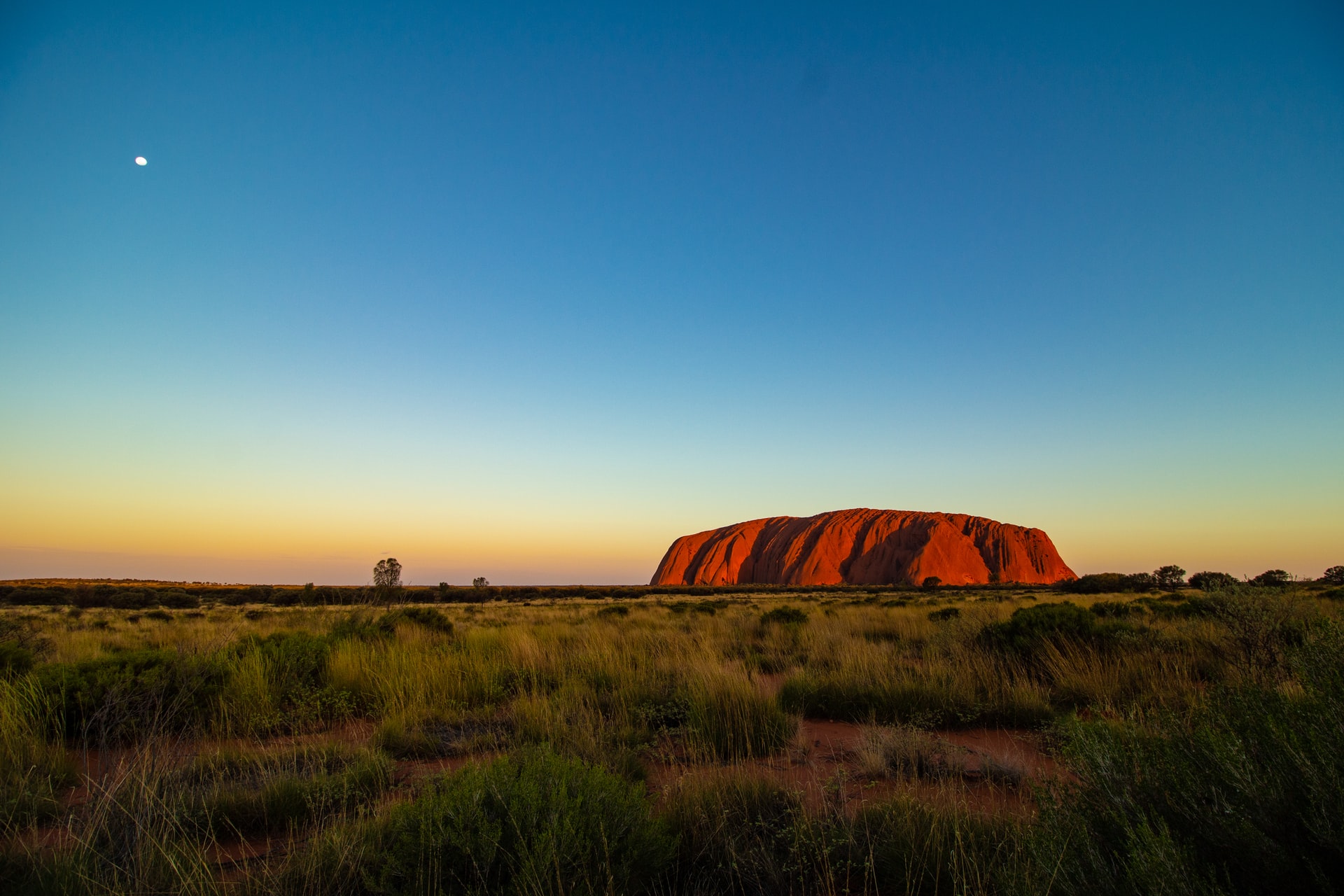 Ondrej Marchart / Unsplash
Ondrej Marchart / Unsplash
Equitable land tenure: Bringing sustainable benefits for people and nature
According to the Food and Agriculture Organization of the United Nations (FAO), land tenure is defined as “the relationship, whether legally or customarily defined, among people, as individuals or groups, with respect to land,” [FAO, 2002] which includes other natural resources such as water and trees. The rules of land tenure define how land and its natural resources are allocated, accessed, maintained, and controlled within societies.
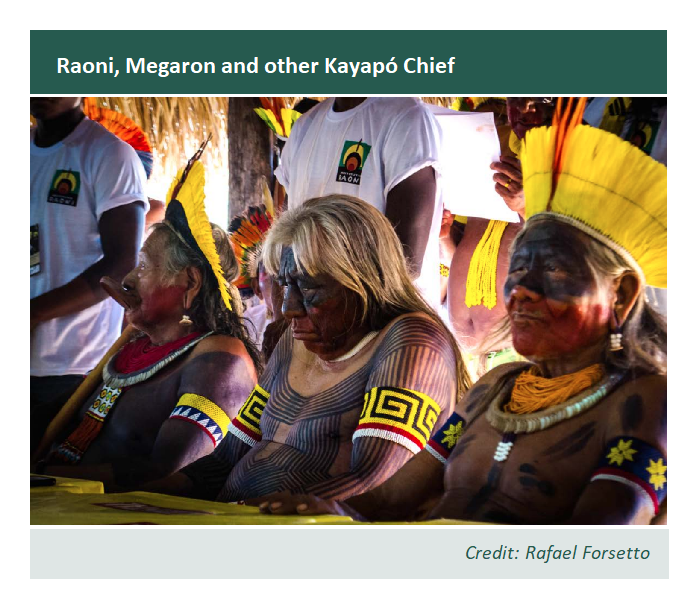
Equitable land tenure also contributes to sustainable development [UNCCD, 2017], by reducing poverty, food insecurity, gender inequality, forced migration, and resource conflicts. Land tenure rights are also integral to the success of the 2030 Agenda for Sustainable Development, with SDG targets 1.4, 2.3, and 5.a relating directly to equitable land tenure security.
For indigenous peoples and local communities, land tenure is about more than having control over their lands and natural resources. The United Nations Declaration on the Rights of Indigenous Peoples (UNDRIP) and other international instruments, such as the Convention on Indigenous and Tribal Peoples (No. 169 – International Labour Organization). recognize that the history of colonization and dispossession of indigenous peoples’ lands have prevented them from their right to development, in accordance with their own needs and interests. UNDRIP also affirms that indigenous peoples and local communities can maintain and strengthen their institutions, cultures, traditions, languages, and development by controlling their lands, waters and resources.
Restoring equitable land rights to indigenous peoples and local communities has been challenging in many instances. Though UNDRIP ensures land tenure rights, the level of implementation varies between countries and regions. Additionally, the land tenure of indigenous peoples and local communities has been established through customary law and oral history for centuries [WWF, 2021], which can sometimes make it difficult to identify their lands. These obstacles have resulted in the present lack of security of land and resources for indigenous peoples and local communities.
Land Tenure and the Post-2020 Global Biodiversity Framework
The post-2020 global biodiversity framework, to be adopted at the second part of the fifteenth Conference of Parties (COP-15) in Kunming, China, is a critical step toward the 2050 Vision of Living in Harmony with Nature. The post-2020 global biodiversity framework process is an inclusive and participatory process, led by Parties, in which indigenous peoples and local communities following the Convention are active participants.
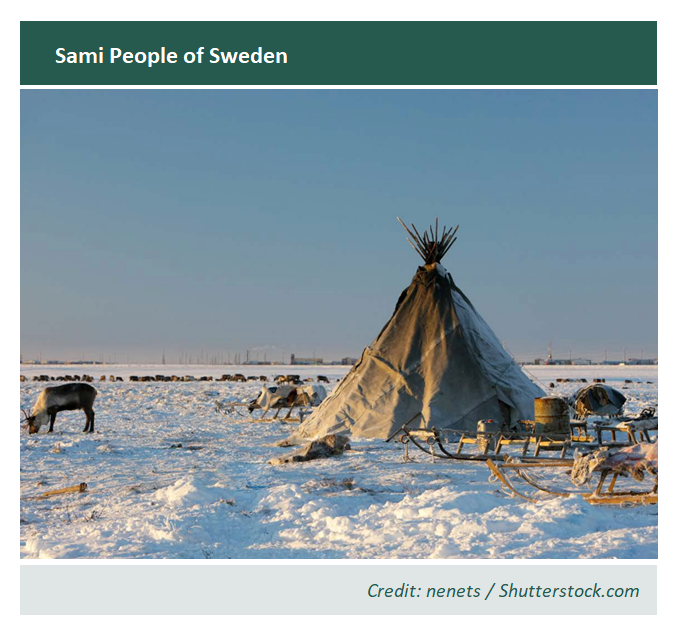
Several targets in the first draft of the framework [PDF, 498 Kb] relate to the rights and aspirations of indigenous peoples and local communities, including their traditional knowledge, customary sustainable use, and land tenure. Target 3 of the first draft, which is related to proposed Targets 1 and 2 on area-based conservation, aims to ensure that at least 30% of the world’s land and ocean areas are conserved by 2030, with a focus on areas of particular importance for biodiversity and its contributions to people. Protected areas and other effective area-based conservation measures are vital tools for safeguarding biodiversity, halting the loss of species, and protecting vital ecosystems. Indigenous peoples and local communities have appealed to include safeguards, such as free, prior and informed consent, to give them a voice in the implementation of these targets that may affect their lands and interests.
The proposed Target 21 aims to ensure the equitable and effective participation of indigenous peoples and local communities in decision-making related to biodiversity, as well as to respect their rights over lands, territories and resources. This human rights-based approach could ensure truly effective conservation measures, incorporating indigenous peoples’ rights and aspirations.
In addition, proposed Targets 4, 5, 9 and 10 address sustainable use, including customary sustainable use of biodiversity. Proposed Target 20 aims to ensure that decision-making related to biodiversity is guided by the traditional knowledge, innovations and practices of indigenous peoples and local communities with their free, prior and informed consent.
Securing adequate the land tenure rights, traditional knowledge, customary sustainable use of biodiversity, and participation of indigenous peoples and local communities is an efficient approach to generate significant benefits for biodiversity and people.
Benefits of Land Tenure
Land tenure significantly contributes to the global environmental agenda. The 5th Volume of State of the World’s Indigenous Peoples [PDF, 5.2Mb] , published by the United Nations Department of Economic and Social Affairs, explains that recognising the rights of indigenous peoples to lands, resources, and territories significantly benefits economic growth, political stability and the environment. The report also shows that guaranteeing the land tenure rights of indigenous peoples contributes to the protection of ecosystems, waterways, biodiversity and natural resources, as well as reductions in deforestation and carbon emissions. Biodiversity and other environmental goals cannot be achieved without the full and effective participation of indigenous peoples and local communities.
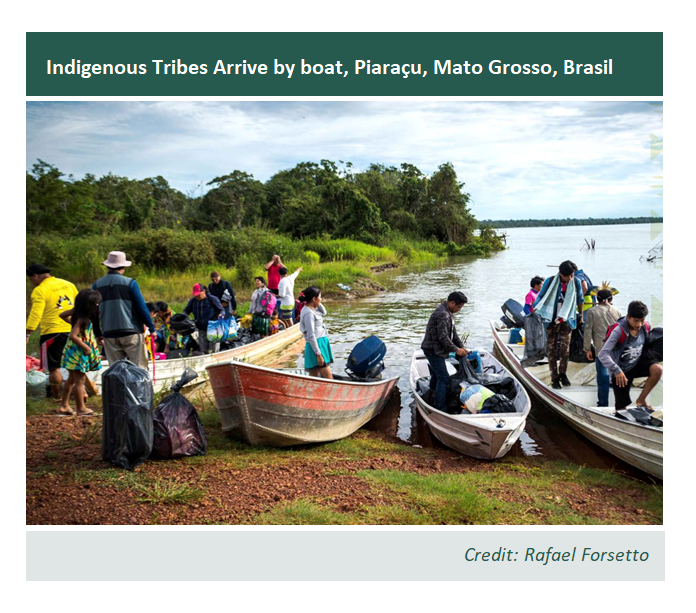
Recognizing and fostering traditional knowledge, innovation and practices has often proven to be invaluable for increasing the quality of life of indigenous peoples and local communities, and yields significant benefits for nature, contributing to ecosystem restoration and the sustainable use of biodiversity. The IPBES Global Assessment [PDF, 14 Mb] has shown that while human activity has significantly altered land and marine environments, areas held by indigenous peoples and local communities fare significantly better overall.
Let us explore a couple of stories and conservation initiatives from different parts of the world that have flourished under the land and resource management of indigenous peoples and local communities!
Tukupu
Named after the Tukupu community of Venezuela, Tukupu is a forest business largely led by indigenous Kariña women. The Government of Venezuela granted 7,000 hectares of land from the Imataca Forest Reserve to the community in 2020. Since then, the community has been sustainably managing and reforesting this forest land. The community’s deep traditional knowledge of living sustainably with the land has helped to successfully restore 312 hectares of forest and reforest 113 hectares. The project has also dedicated 189 hectares to agroforestry.
FAO helped the Tukupu community set up a business model that allows them to commercialise forest resources sustainably to their benefit. As a result, an evaluation by FAO estimates that the Tukupu community has contributed to avoiding over 23 million tonnes of carbon emissions, either directly or indirectly.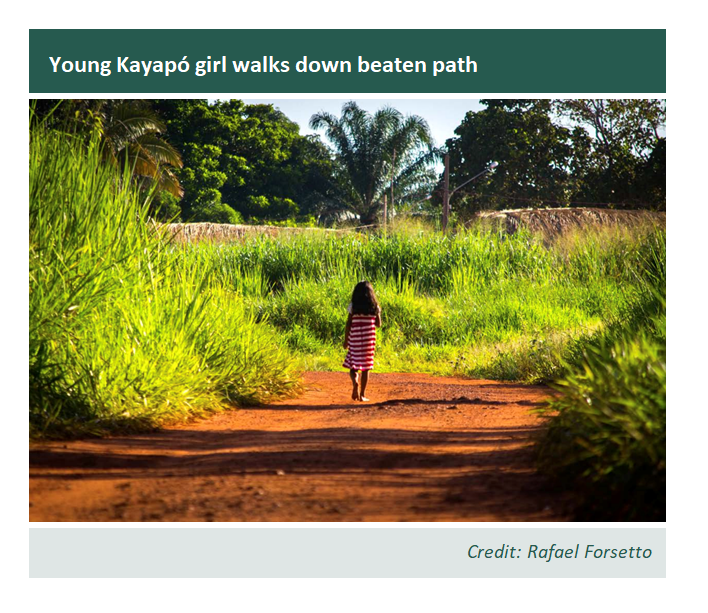
Vie Sauvage
Steered by the slogan “help bonobos and they will help you”, the NGO Vie Sauvage hails from the wetlands and forests of the Congo Basin. The organization is primarily led by members of the indigenous Kokolopori community. In 2020, they became recipients of the prestigious Equator Prize for their tireless efforts to protect bonobos while empowering the local community. Vie Sauvage spearheaded the creation of a 4,875 square kilometer rainforest reserve for bonobos and other endangered species. Kokolopori tradition values the bonobo as close relatives of humans, and this forms the basis of conservation practices.
Vie Sauvage develops, conserves and sustainably manages wetlands, rivers and forests. They approach land management holistically, which benefits the environment and the community by supporting livelihoods, healthcare and education.
Conclusion
During the fourth meeting of the Open-ended Working group on the Post-2020 Global Biodiversity Framework, to take place in Nairobi, Kenya, in June 2022, indigenous peoples and local communities’ rights and interests will be at the centre of many discussions. The recognition of their contributions within the framework is critical to ensure their livelihoods and well-being, as well as to sustainable development and restoring the Earth’s biodiversity for generations to come.
More resources
[FPP, 2020] Local Biodiversity Outlooks 2: Summary conclusions and recommendations, Forest Peoples Programme (complement to the fifth edition of the Global Biodiversity Outlook): The contributions of indigenous peoples and local communities to the implementation of the Strategic Plan for Biodiversity 2011–2020 and to renewing nature and cultures. (PDF, 11.4 Mb)
[UNCDD, 2017] Land tenure and rights for improved land management and sustainable development, UNCCD, 2017
[FAO, 2002] Land Tenure and Rural Development, FAO Land Tenure Studies, FAO, 2002